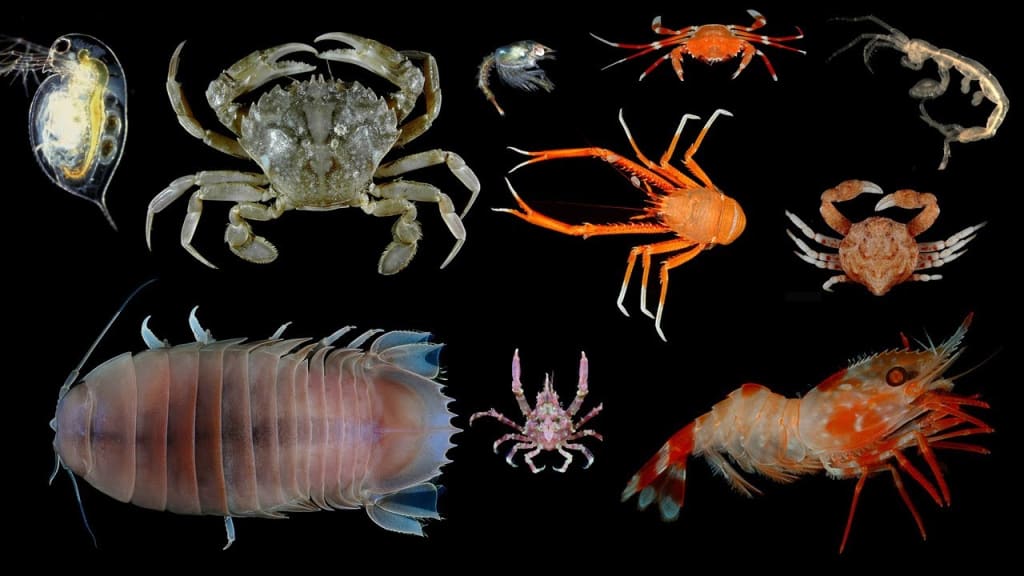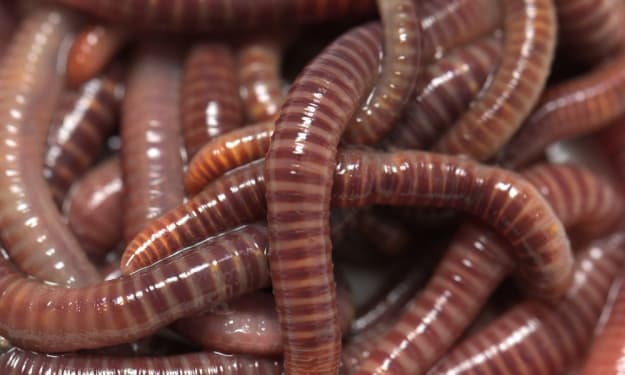Crustaceans: Anatomy, Behavior, Habitat, and Commercial Importance
Exploring the World of Crustaceans: Anatomy, Behavior, Habitat, and Commercial Importance

Crustaceans are a diverse group of arthropods that belong to the subphylum Crustacea. These animals are found in virtually all aquatic habitats, including freshwater, saltwater, and brackish water. They are characterized by their hard exoskeleton, which protects their soft bodies, and their jointed appendages, which are used for locomotion, feeding, and defense. Crustaceans play an important role in aquatic ecosystems as both predators and prey, and they are also important in the commercial fishing industry.
In this article, we will explore the world of crustaceans in detail, including their anatomy, behavior, habitat, and commercial importance.
Anatomy of Crustaceans:
The anatomy of crustaceans is characterized by their hard exoskeleton, which is made up of chitin and other organic compounds. The exoskeleton provides protection from predators and also serves as an attachment point for muscles. The exoskeleton is periodically shed, a process known as molting, which allows the animal to grow.
Crustaceans have a segmented body with three main parts: the head, thorax, and abdomen. The head contains the animal's brain and sensory organs, including the eyes, antennae, and mouthparts. The thorax contains the animal's legs and gills, which are used for respiration. The abdomen contains the animal's digestive and reproductive organs.
Crustaceans also have jointed appendages, which are used for a variety of purposes, including feeding, locomotion, and defense. These appendages are modified in different ways depending on the animal's lifestyle. For example, the appendages of filter-feeding crustaceans, such as barnacles, are modified for capturing plankton, while the appendages of predatory crustaceans, such as crabs and lobsters, are modified for grasping prey.
Behavior of Crustaceans:
Crustaceans exhibit a wide range of behaviors, depending on their species and habitat. Many species are social, living in large groups and exhibiting complex social behaviors. For example, some species of shrimp engage in courtship displays and may form monogamous pairs.
Crustaceans also exhibit a range of feeding behaviors, including filter feeding, scavenging, and predation. Filter-feeding crustaceans, such as barnacles, feed on plankton and other small particles, while scavengers, such as crabs, feed on dead animals and other organic matter. Predatory crustaceans, such as lobsters, crabs, and mantis shrimp, feed on other animals, including fish and other crustaceans.
Habitat of Crustaceans:
Crustaceans are found in virtually all aquatic habitats, including freshwater, saltwater, and brackish water. They can be found in shallow and deep water, and they are also found in wetlands and estuaries. Some species, such as hermit crabs, can also live on land.
The habitat of a crustacean is often determined by its feeding behavior. For example, filter-feeding crustaceans are often found in areas with high concentrations of plankton, while predatory crustaceans are often found in areas with a high concentration of prey.
Commercial Importance of Crustaceans:
Crustaceans are an important source of food for humans and are a major component of the commercial fishing industry. Some of the most commonly harvested crustaceans include crabs, lobsters, shrimp, and crayfish.
The commercial fishing of crustaceans can be a highly lucrative industry, with some species fetching high prices on the market. However, overfishing and habitat destruction have led to declines in some crustacean populations, and conservation efforts are necessary to maintain sustainable fishing.
Crustaceans are a very diverse group of invertebrate animals which includes active animals such as the crabs, lobsters, shrimp, krill, copepods, amphipods, and more sessile creatures like barnacles. Arthropoda is the largest phylum of Animal Kingdom. It includes about 11,340,000 species in all habitats
Crustaceans have an important role in the ecosystem as they serve as vital food sources for both marine animals and humans. Small crustaceans can recycle nutrients as filter feeders, and larger crustaceans can act as a food source for large aquatic mammals





Comments
There are no comments for this story
Be the first to respond and start the conversation.